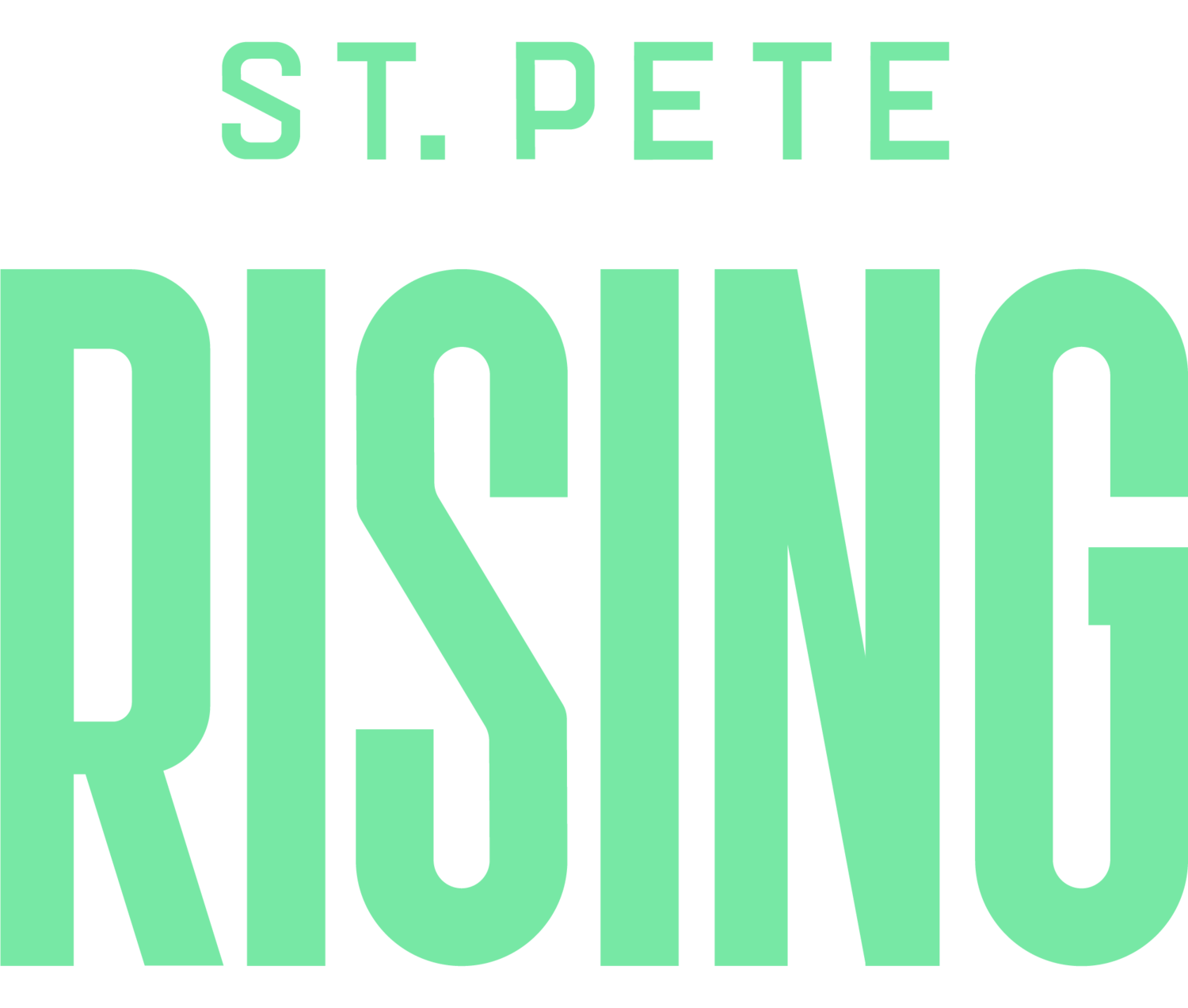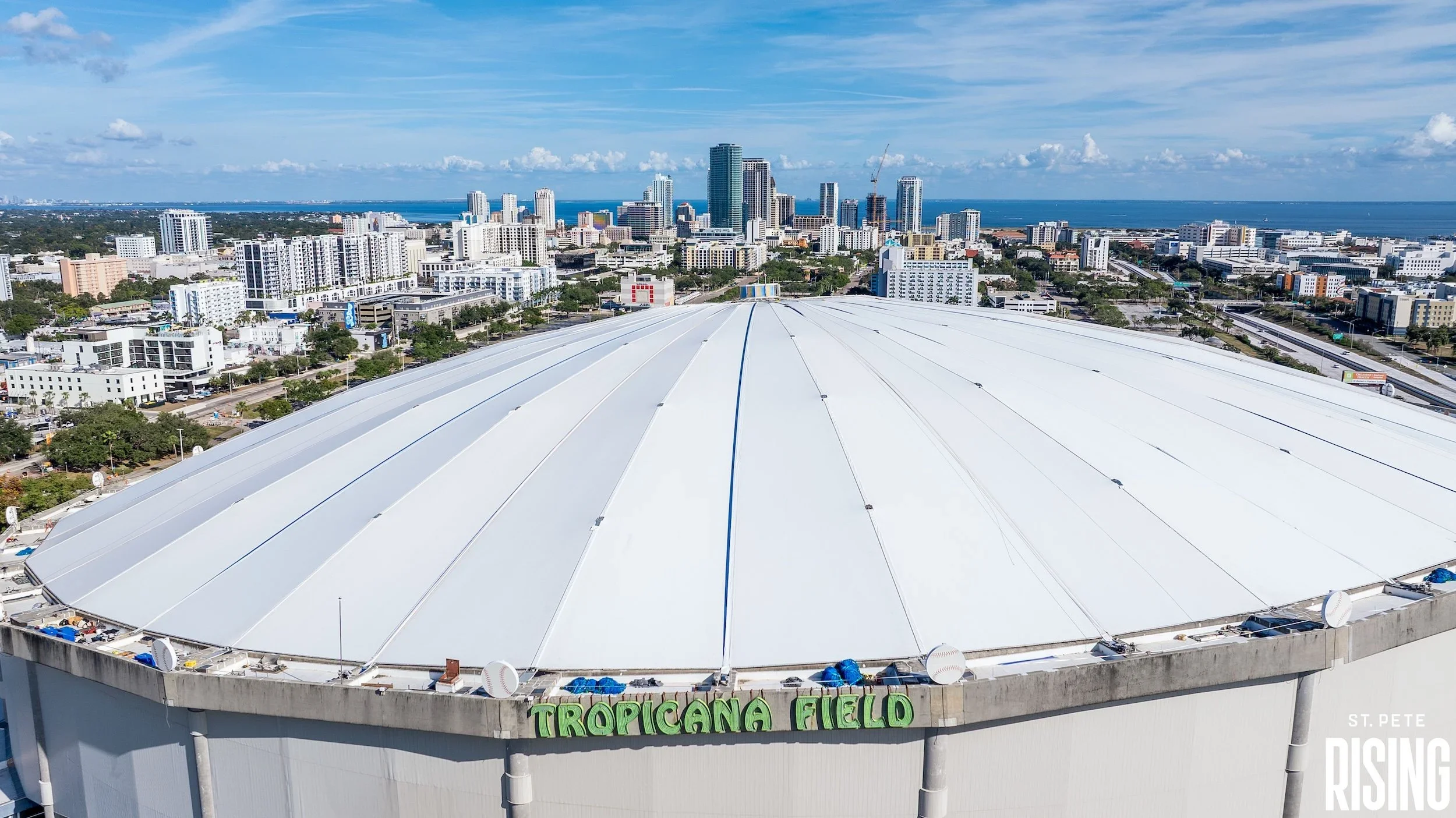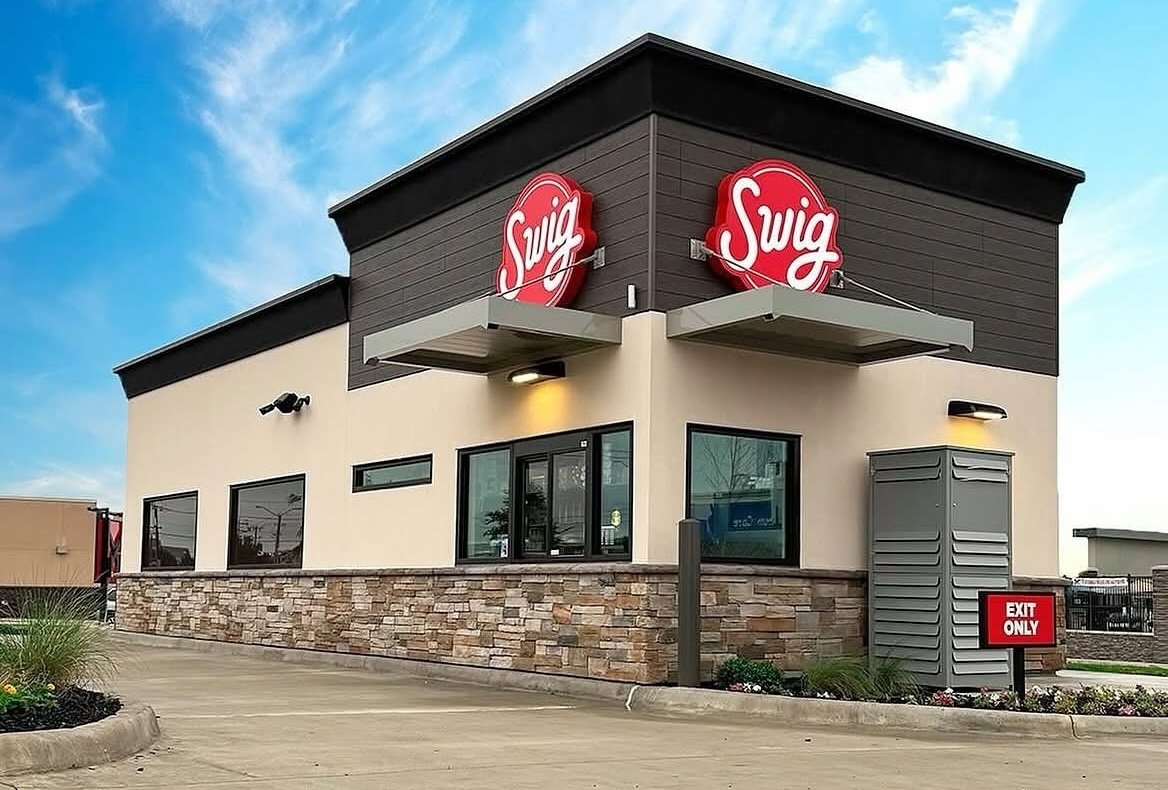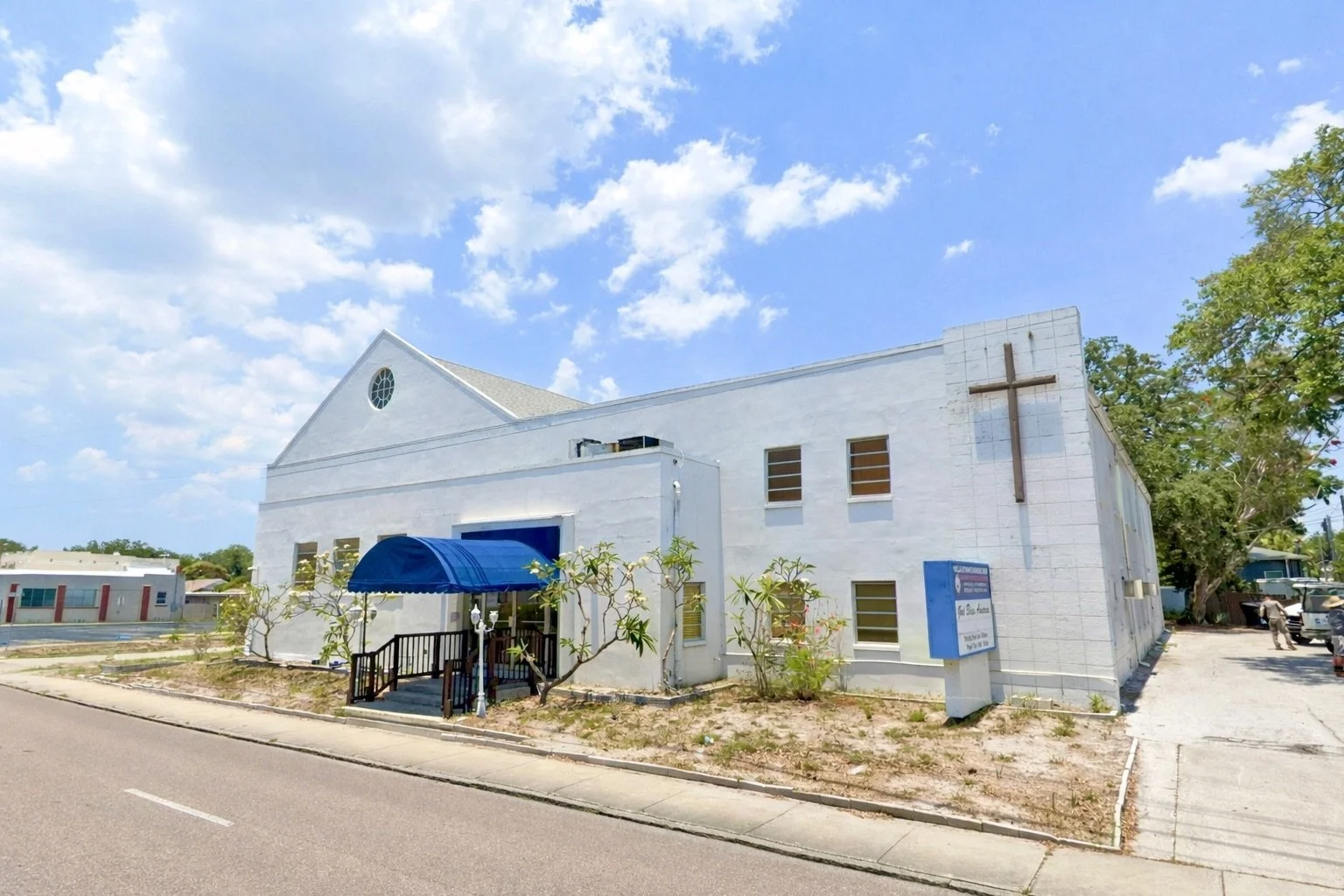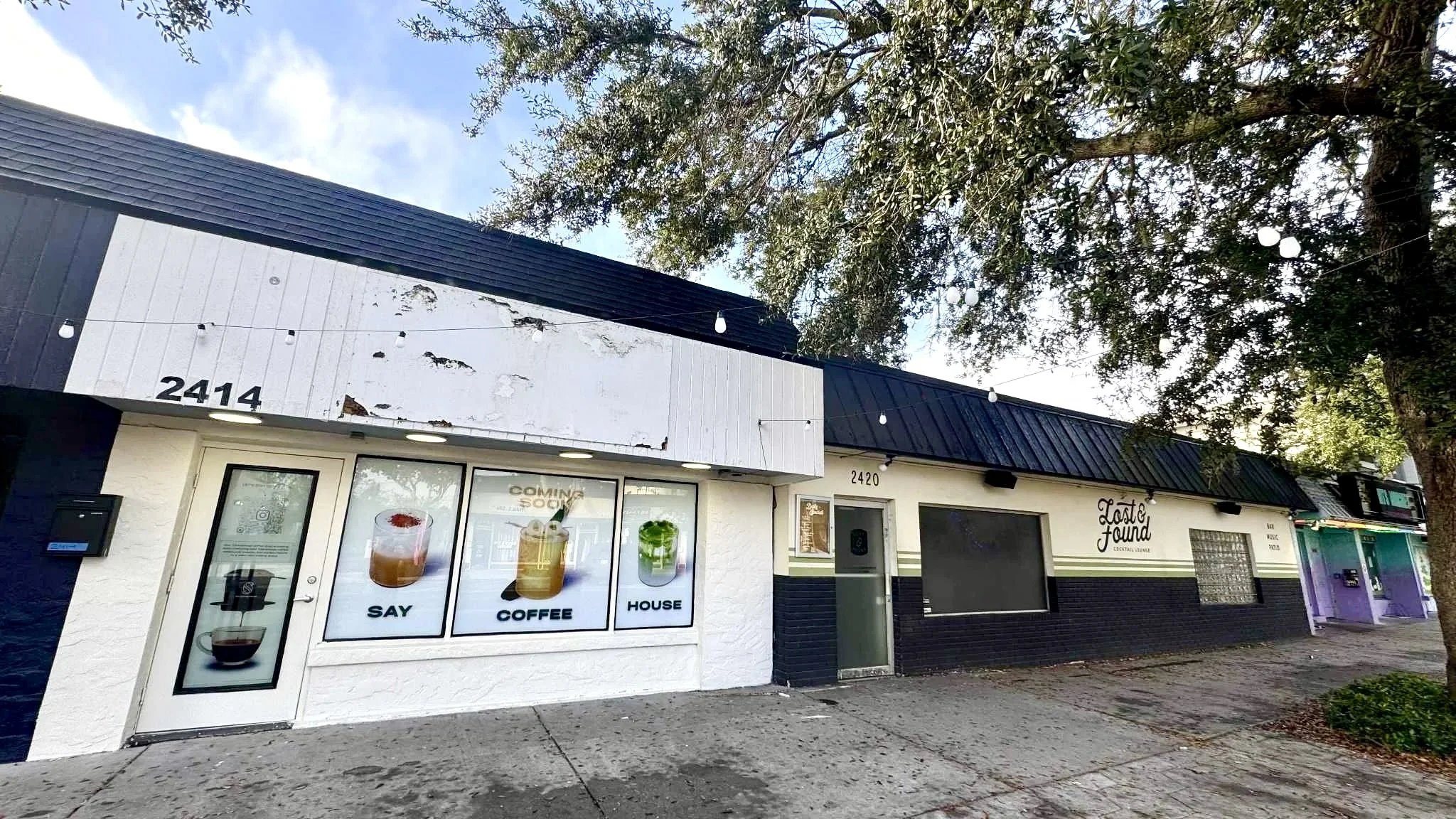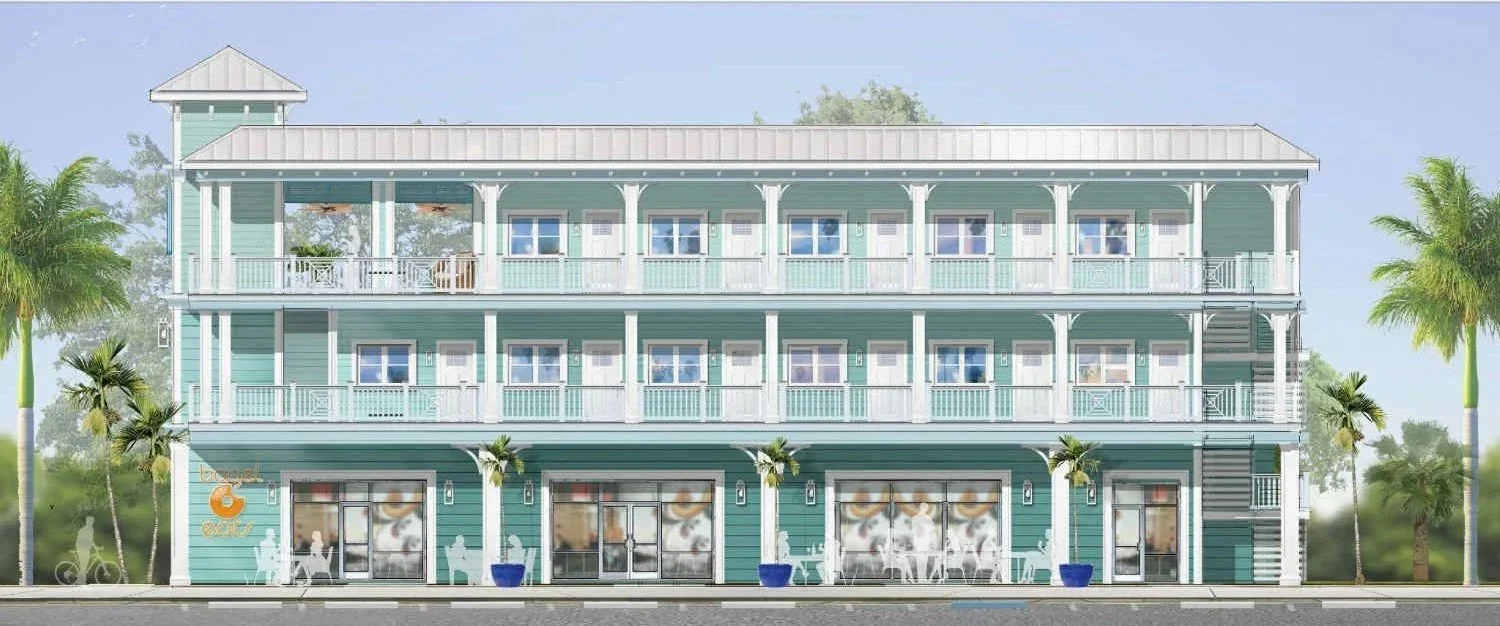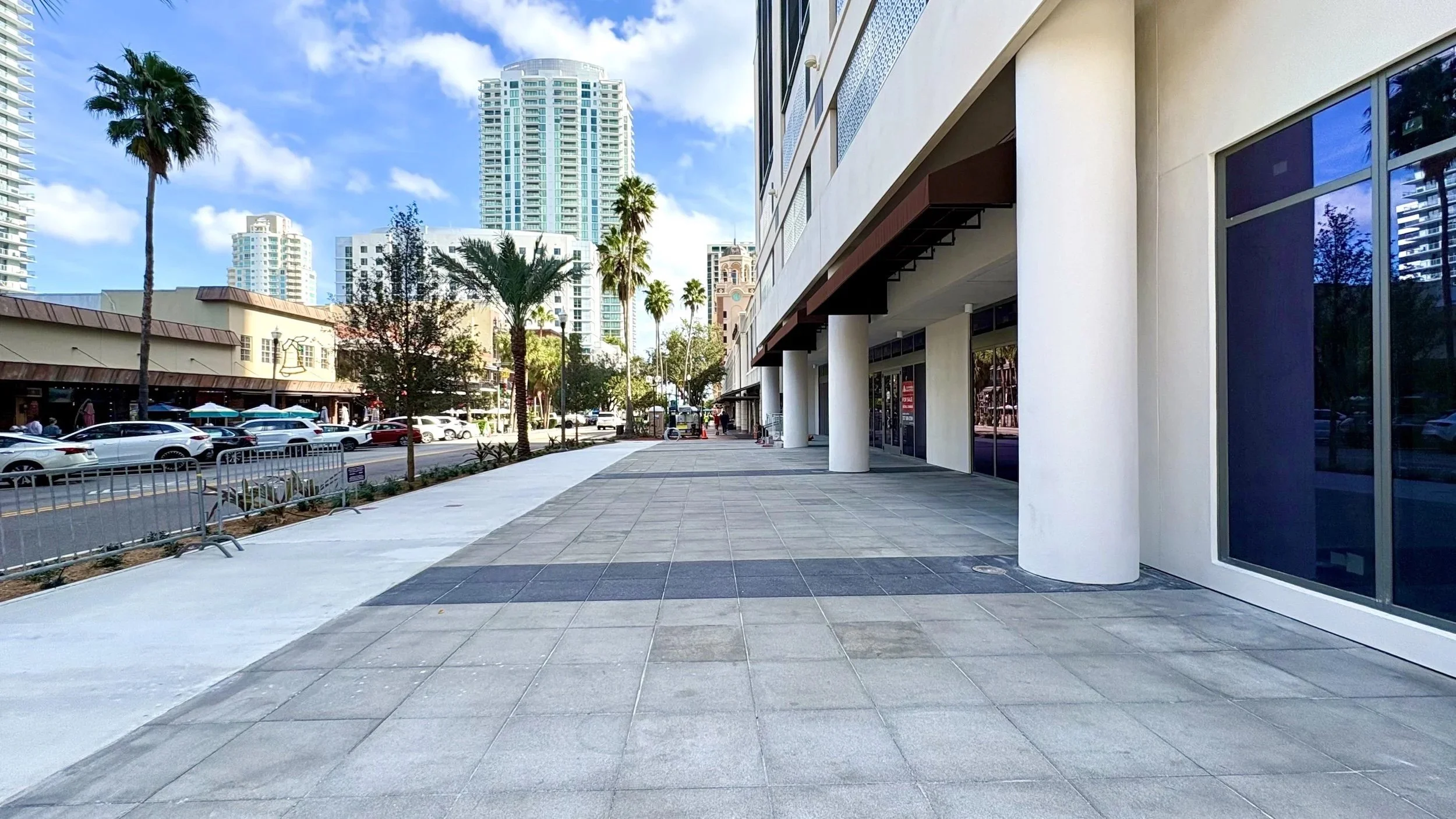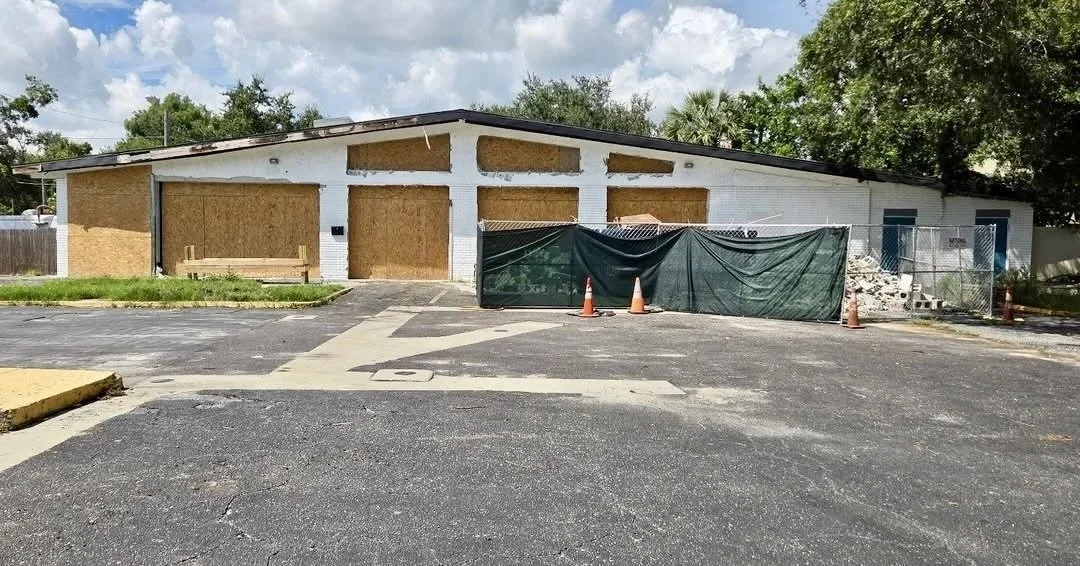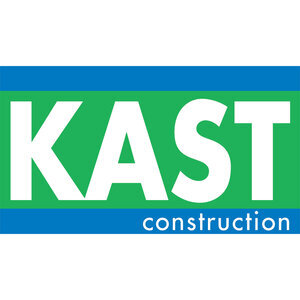Historically St. Pete: Century-old Carnegie library stands tall on Mirror Lake
/A hand-painted photograph of the Mirror Lake Library by E.G. Barnhill | St. Petersburg Museum of History
At St. Pete Rising, we are constantly providing comprehensive coverage on everything new and coming soon to the Sunshine City, but we think it’s also important to take a look back at our city's rich history.
Introducing Historically St. Pete, a new monthly column on St. Pete Rising written by Rui Farias, Executive Director of the St. Petersburg Museum of History, which will cover everything from the legend of underground mobster tunnels to the buildings and people that created the Sunshine City.
Follow us each month as we explore how these projects shaped St. Pete into the city we know and love today.
This month we explore the history of St. Petersburg’s Carnegie Library at Mirror Lake, built in 1915 and still standing today.
For more than 100 years, bibliophiles, researchers, and students, including an 11-year-old boy wanting to learn more about his city’s history, have combed the bookshelves of the quaint Beaux-Arts style library located on the edge of Mirror Lake.
All thanks to a man who defined the American dream, and to another who led the fight for a public park-filled St. Petersburg waterfront. Together they created the opportunity for generations of residents to use books to explore a world outside the Sunshine City.
St. Pete’s first attempt to provide free reading material was in 1899 when the Congregational Church offered a few books and a reading room. In 1905, civil leaders formed the St. Petersburg Reading Room and Library Association, and it soon grew to 122 members.
The library moved from the Durant Block, to the Bussey building, to the Strowger Building, eventually reopening in the Mitchell block. Each of the spaces were small, cramped and on, or near the corner of Central Avenue and 4th Street.
The Mirror Lake Community Library still stands today and continues to serve the downtown St. Pete community | St Pete Rising
The Library Association formed a committee in 1908 to file an application with the Carnegie Corporation in New York for the funding of a public library, and then began lobbying Tallahassee for help. Although the Florida legislature passed an act in 1909 giving City Hall the right to levy a tax to maintain a public library, the effort stalled until City Councilmember Ralph Veillard reached out to Carnegie in 1912. The Carnegie group would make $12,500 available for a library in St. Pete. It was not enough.
St Petersburg Times editor and publisher William L. Straub took matters into his own hands. Traveling to New York, Straub met with Carnegie executives and secured an additional $5,000, for a total of $17,500.
In true St. Pete fashion, city leaders could not agree on a location. Some preferred the waterfront, finally agreeing on the edge of the city reservoir, now Mirror Lake, close to the city’s schools. With a crowd, including Florida Governor Park Trammel, looking on, the cornerstone was set on December 19, 1914. The Carnegie Library at Mirror Lake opened December 1, 1915, with 2,600 books.
The interior of the Mirror Lake Community Library, designed by Henry D. Whitfield, who worked for the Carnegie Corporation | City of St. Pete
The Library and Municipal Advertising Commission was formed to oversee the new library. Straub was named President, while Annie McRae, an early promotional writer for the Board of Trade (Chamber of Commerce), Secretary.
But why funding from the Carnegie Corporation? It started with Andrew Carnegie’s love of books.
Carnegie, who would later create the largest steel company in the world, and hold wealth beyond belief, immigrated from Scotland as a young boy. At the age of 13 he worked from dawn until dark in a cotton mill. Later, while working for the Pennsylvania Railroad, he gained an education from books he was allowed to read in the private home library of an Allegany, Pennsylvania businessman.
By age 30, Carnegie had business interests in railroads, steamships, and iron works. In 1901, he sold his steel business to J.P. Morgan for $480 million. Carnegie’s new challenge was philanthropy, and a one-man campaign to provide free books to Americans.
The northeast end of Mirror Lake was undeveloped park land until 1915 when the Mirror Lake Library was constructed | St. Petersburg Museum of History
To receive funding for a library, the Carnegie Corporation required local governments to demonstrate a need for a public library, provide the building site, pay staff, and maintain the library. Led by Straub, McRae, and Mayor James G. Bradshaw, St. Pete delivered.
Carnegie, nicknamed the Patron Saint of Libraries, funded his first library in his birthplace of Dunfermline, Scotland. By the time his last library was built in 1919, nearly half of the libraries in America were Carnegie libraries. And of the 1,700 libraries funded by Carnegie, about 750, including Mirror Lake, still exist today. The Mirror Lake Carnegie library was added to the U.S. National Register of Historic Places in 1986.
That 11-year-old still wonders today if they miss the Mirror Lake copy of Dunn’s Yesterday’s St. Petersburg which remains on his shelf.
Read more stories on St. Petersburg’s rich history here.
